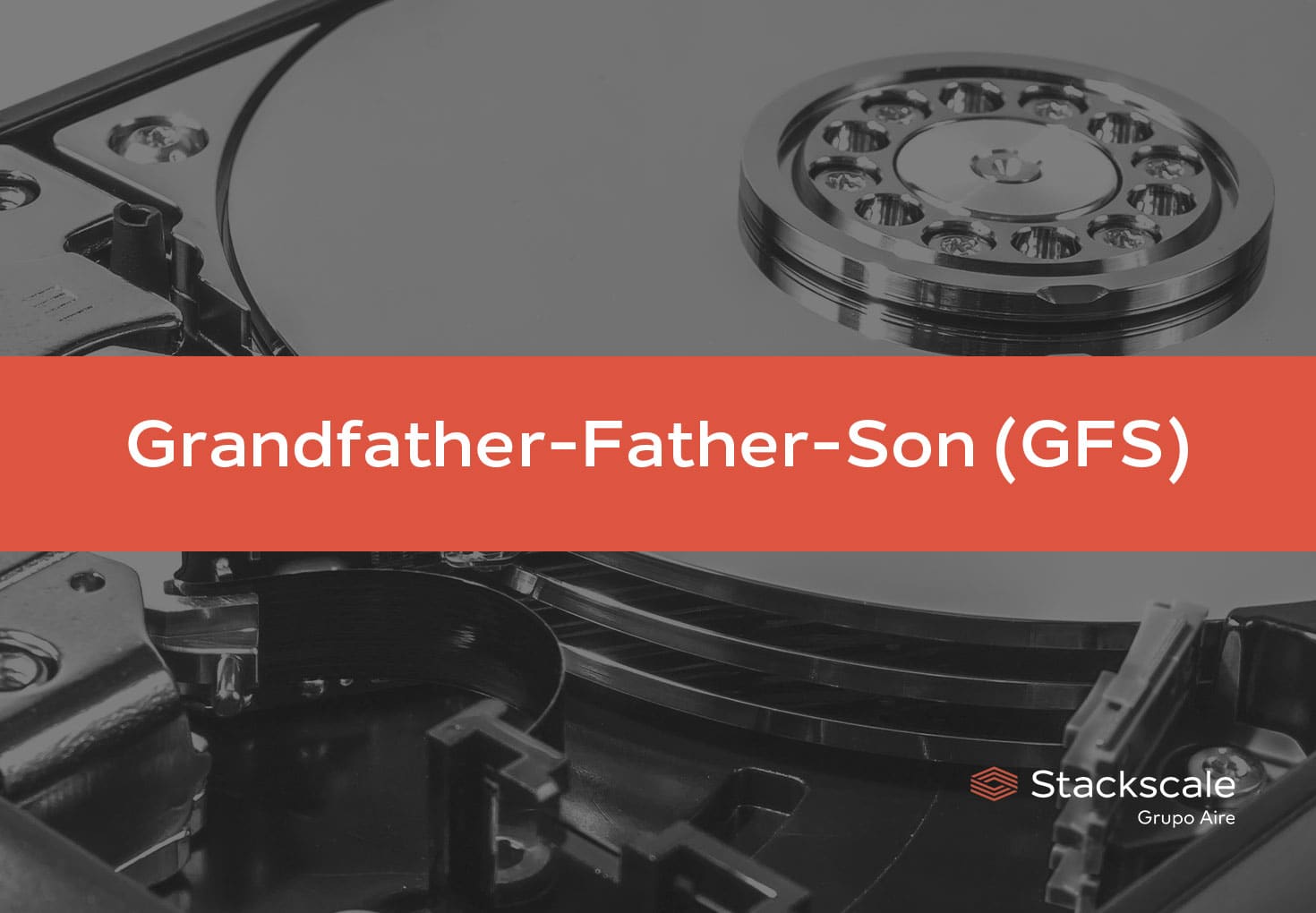
In today’s information-driven world, data is one of the most valuable assets for any organization. Whether due to human error, technical failures, or cyberattacks, data loss can have severe consequences. That’s why having a robust and secure backup strategy is essential. Among the various methodologies available, the Grandfather-Father-Son (GFS) strategy stands out for its reliability, flexibility, and time-proven effectiveness.
In this Stackscale blog article, we explore the GFS backup strategy in depth—its benefits, limitations, real-world applications, and how it can be successfully implemented in modern environments, including bare-metal servers and private cloud infrastructure.
What is the GFS Backup Strategy?
The Grandfather-Father-Son (GFS) strategy is a hierarchical backup rotation system designed to balance long-term data retention with efficient storage usage. This method operates across three backup tiers:
- Son: Daily backups, often incremental or differential, designed to quickly restore the most recent data.
- Father: Weekly full backups, providing intermediate and consolidated recovery points.
- Grandfather: Monthly full backups stored for long-term retention, typically offline or in the cloud.
Originally developed for tape storage, GFS remains highly adaptable to today’s technologies, whether in local, cloud, or hybrid environments.
How Does GFS Work? A Visual Example
| Day / Week | Monday | Tuesday | Wednesday | Thursday | Friday | Saturday | Sunday |
|---|---|---|---|---|---|---|---|
| Week 1 | Son | Son | Son | Son | Son | Son | Father |
| Week 2 | Son | Son | Son | Son | Son | Son | Father |
| Week 3 | Son | Son | Son | Son | Son | Son | Father |
| Week 4 | Son | Son | Son | Son | Son | Son | Grandfather |
This structure is fully customizable depending on your organization’s specific needs, as we’ll see further below.
Benefits of the GFS Strategy
- Multiple recovery points
Having backups across different time intervals reduces the risk of permanent data loss. - Efficient storage use
By rotating and overwriting older backups, GFS minimizes redundancy without sacrificing retention depth. - Regulatory compliance
Industries such as finance, healthcare, and legal must retain data for several years. GFS helps meet these obligations (e.g., GDPR, MiFID II). - Scalability and versatility
GFS adapts well to evolving business needs and data growth over time. - Compatible across environments
GFS can be deployed in bare-metal servers, virtualized platforms, and private cloud infrastructures like those offered by Stackscale.
Limitations and How to Overcome Them
While GFS is highly effective, it has some limitations:
- Scalability challenges: Manually managing backup sets can become complex. Automation with tools like SimpleBackups, NAKIVO Backup & Replication, or Veeam Backup & Replication can significantly streamline the process.
- Heavy use of resources: Weekly and monthly full backups can consume considerable bandwidth and storage. Techniques like deduplication, compression, or synthetic full backups can optimize performance.
- Limited temporal granularity: To recover files at very specific times, GFS should be complemented with frequent snapshots or continuous backup for critical systems.
GFS in Private Cloud and Bare-Metal Environments
At Stackscale, clients can easily implement the GFS strategy using high-speed NVMe or SSD storage in our private cloud or dedicated server infrastructure. Backups can be configured locally and replicated across geographically redundant data centers for enhanced resilience.
Key advantages of Stackscale:
- High availability (99.90% SLA)
- NVMe storage with hardware RAID and NVRAM
- European-certified infrastructure for regulatory compliance
- Integration with leading backup software
- 24/7 specialized technical support
Integration with Professional Backup Tools
Stackscale supports seamless GFS implementation with leading backup solutions, including:
- NAKIVO Backup & Replication: Ideal for VMware, Hyper-V, Nutanix AHV, and Proxmox environments. Offers built-in GFS automation, deduplication, compression, and off-site replication.
- Veeam Backup & Replication: Widely used for both physical and virtual environments. Enables GFS-style retention policies, instant recovery, immutability, and granular restore.
- Bacula Enterprise: Suitable for hybrid infrastructures. Offers advanced GFS retention and management for both tape and cloud-based storage.
- Restic / BorgBackup: Open-source alternatives that allow custom GFS scripting with cron jobs, perfect for Linux and bare-metal systems.
- SimpleBackups: User-friendly solution for automating GFS backups with services like Dropbox, Wasabi, or Amazon S3—even with serverless deployment.
Stackscale provides full support for deploying these tools in cloud or bare-metal environments, including automation, backup testing, and encrypted secondary storage.
Best Practices for Implementing GFS
- Define a clear retention policy based on industry requirements, data volume, and business needs.
- Automate the workflow using compatible tools like NAKIVO, Veeam, or Bacula.
- Choose the right storage: local storage for daily backups, cloud or offsite storage for long-term backups.
- Schedule regular tests to ensure backup and restore functionality.
- Use encryption and access control to comply with cybersecurity standards.
Conclusion
The Grandfather-Father-Son backup strategy remains one of the most effective and reliable data protection methods. Its simplicity, combined with adaptability, makes it ideal for organizations seeking scalable, secure, and regulation-compliant backup strategies.
At Stackscale, we provide the infrastructure needed to deploy GFS strategies reliably—whether on dedicated servers or private cloud. We also assist clients in integrating professional backup tools like NAKIVO, Veeam, or Bacula, ensuring end-to-end data protection.
Ready to safeguard your business with a professional GFS backup strategy?
Contact Stackscale today to design the ideal backup solution for your infrastructure.
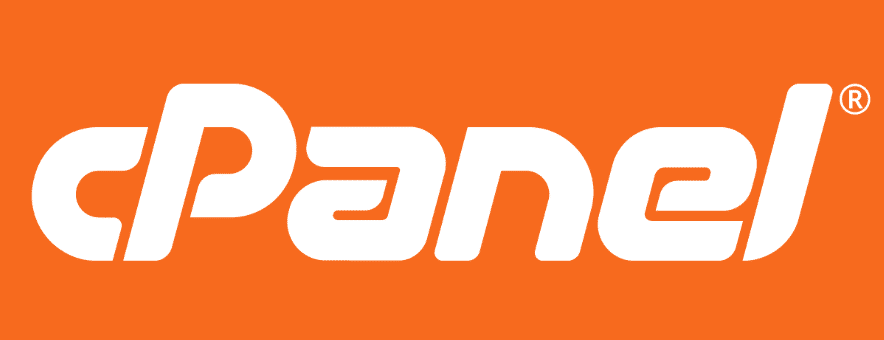
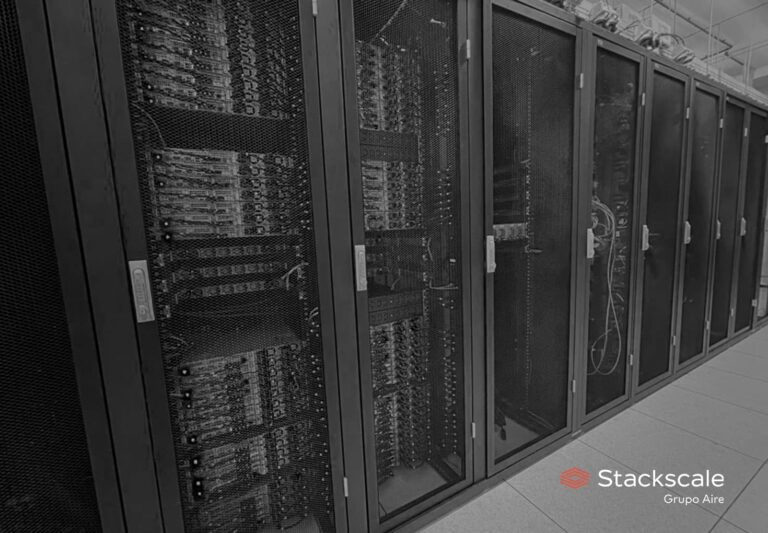
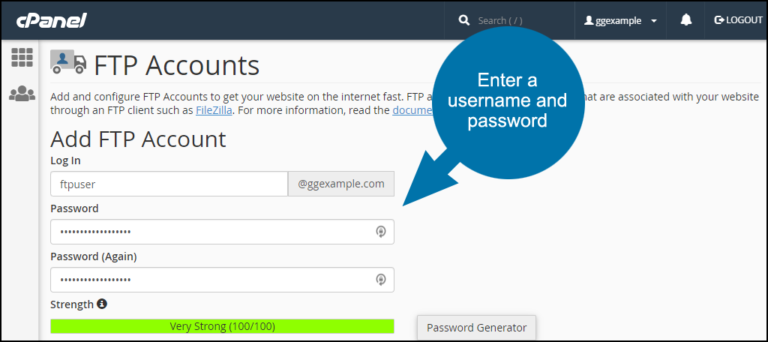
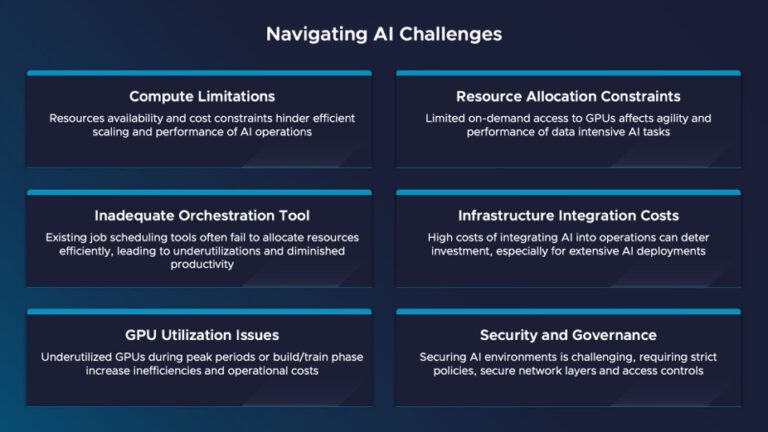
![How to Customize WordPress Admin Dashboard [A Visual Guide]](https://cpanelplus.net/wp-content/uploads/2025/04/how-to-customize-wordpress-admin-dashboard-a-visual-guide-768x334.png)

